Fashion has long been a vehicle for cultural expression, political resistance, and identity affirmation. Within the Pan-African movement, T-shirts have served as wearable manifestos—bold declarations of Black pride, revolutionary thought, and diasporic unity. From the streets of Brooklyn to the campuses of Howard University, certain designs have transcended mere apparel to become symbols of a collective struggle and triumph.
Here, we examine the 10 most influential Pan-African movement shirts of our era, exploring their origins, cultural impact, and the designers and artists who brought them to life.
1. Tupac Shakur – “All Eyes On Me” Screen Print Shirt
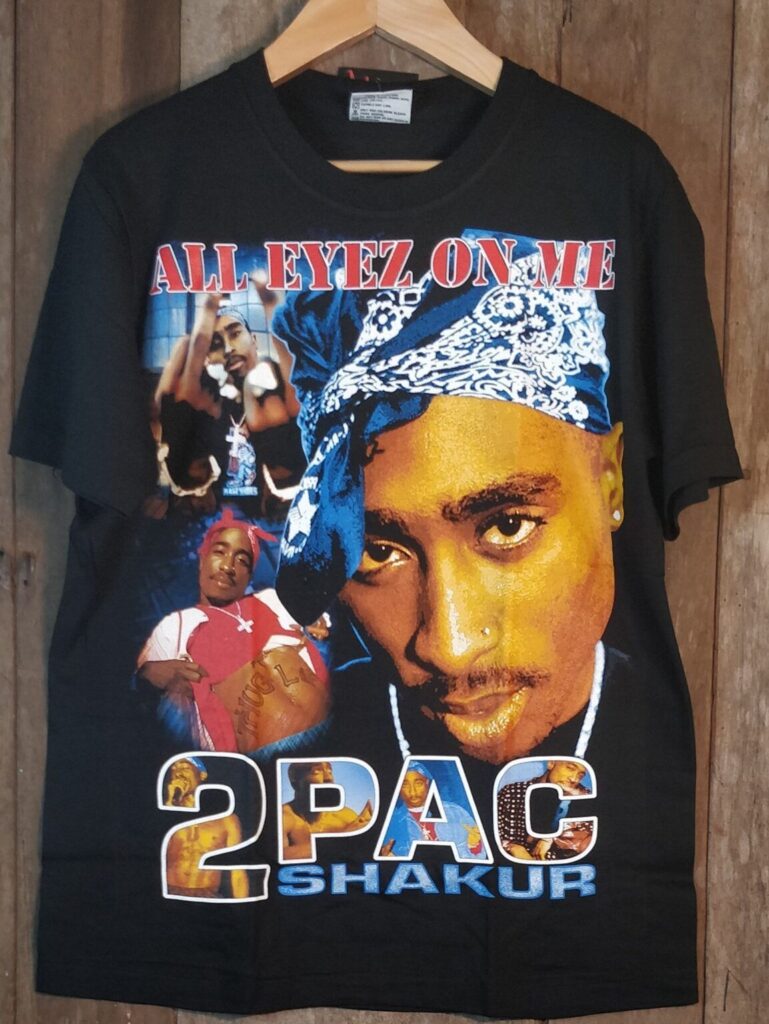
Designer: Death Row Records (Licensed Merchandise)
Impact: Released shortly after Tupac’s 1996 album All Eyez on Me, this shirt became an instant streetwear staple. The bold, screen-printed image of Pac—arms crossed, bandana wrapped—symbolized defiance and resilience. Bootleg versions spread globally, making it one of the most replicated hip-hop shirts in history.
2. Malcolm X – “X” Logo Shirt (Post-Spike Lee Film Era)
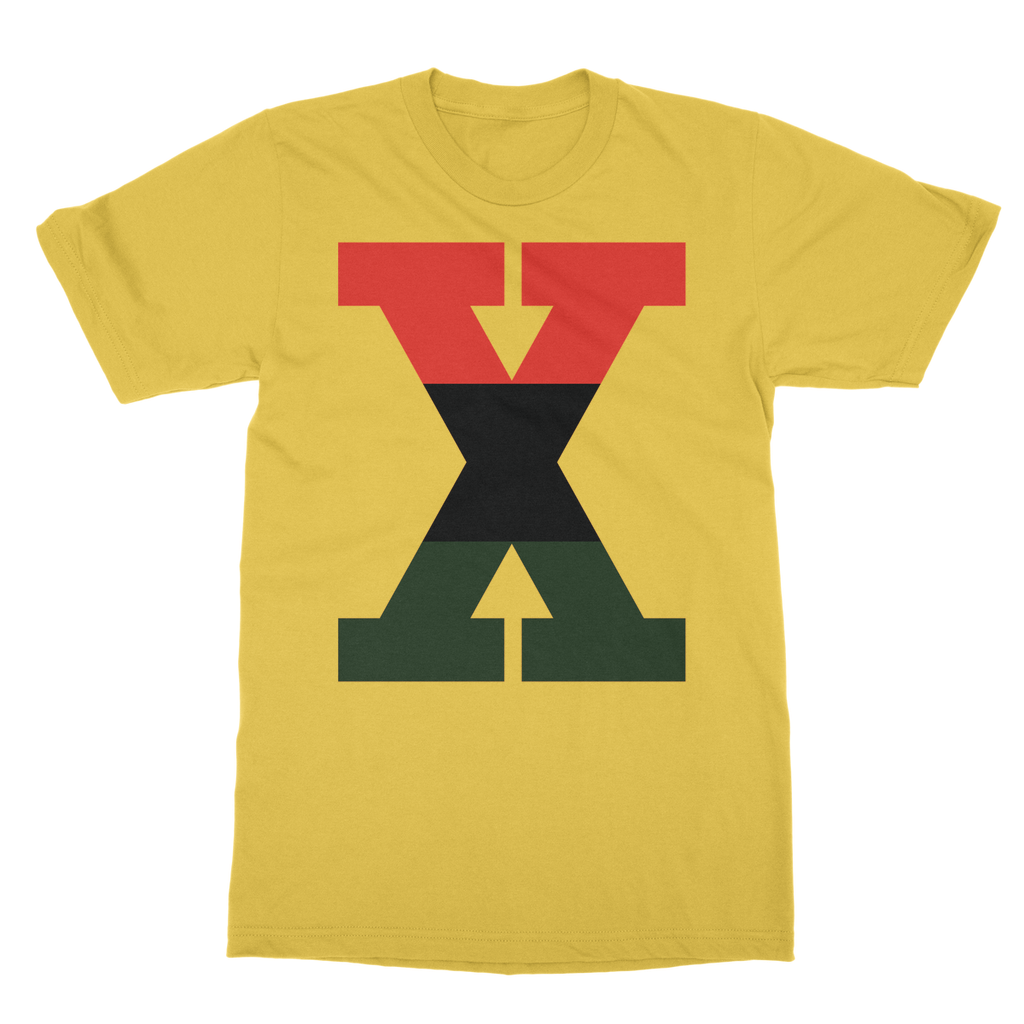
Designer: Spike Lee’s Malcolm X (1992) Film Merchandising
Impact: Following Spike Lee’s 1992 biopic, the minimalist “X” logo became synonymous with Black empowerment. The shirt’s design, often in red, black, and green, was a direct nod to the Nation of Islam’s influence and Malcolm’s uncompromising stance on liberation.
3. Bob Marley – Lion & Face Portrait Shirt
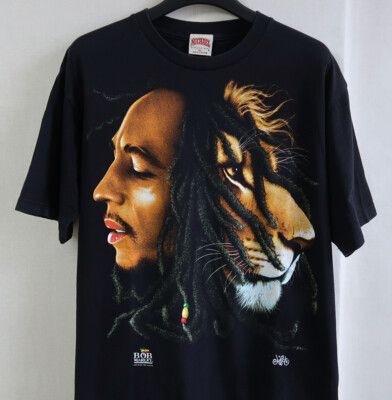
Designer: Unknown (Bootleg & Licensed Variations)
Impact: The most ubiquitous Bob Marley shirt features his face alongside the Lion of Judah, symbolizing Rastafarian faith and African sovereignty. Bootleg versions flooded markets from Kingston to Brooklyn, making it a global emblem of reggae culture and resistance.
4. Bob Marley – Rasta-Colored Face Shirt
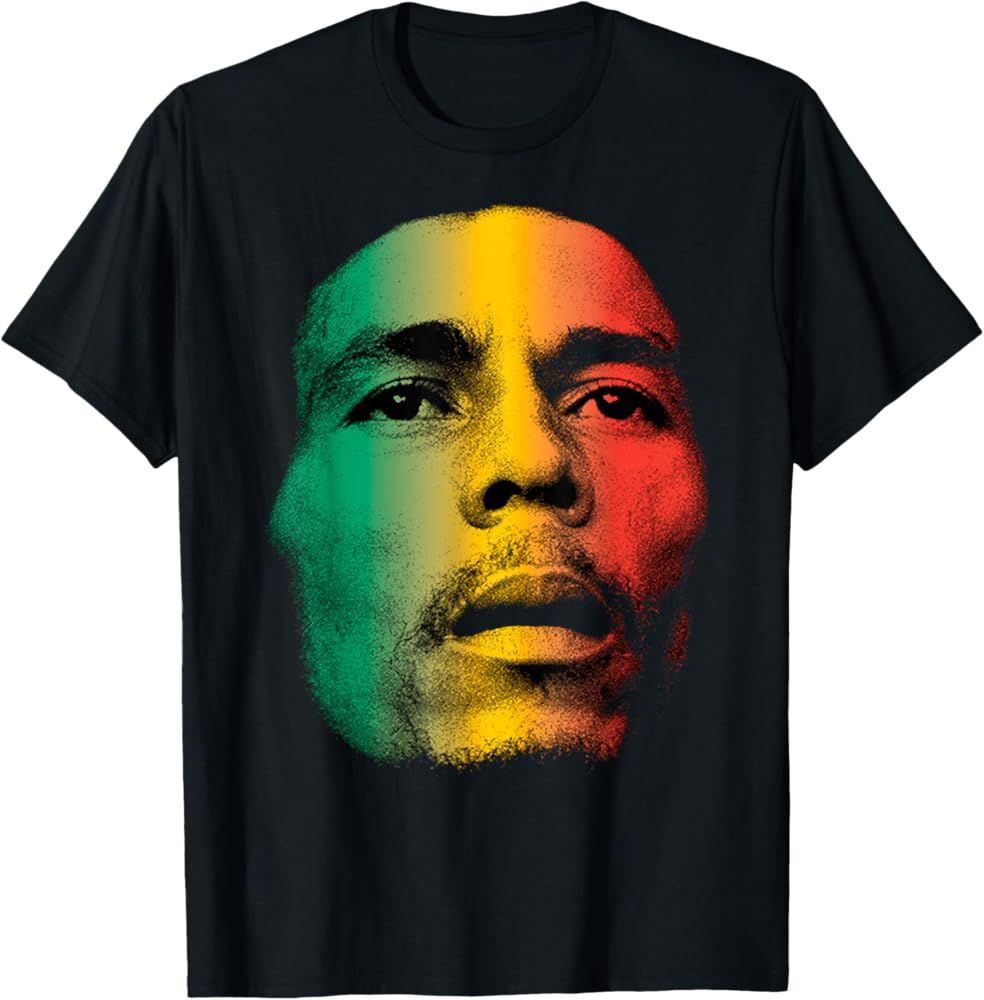
Designer: Various (Notably, Jamaican Street Vendors & Official Tuff Gong Merch)
Impact: This tri-color (red, gold, green) portrait of Marley is one of the most replicated reggae shirts ever. Its widespread popularity speaks to Marley’s enduring legacy as a Pan-African icon whose music transcended borders.
5. Che Guevara – Revolutionary Stencil Portrait Shirt
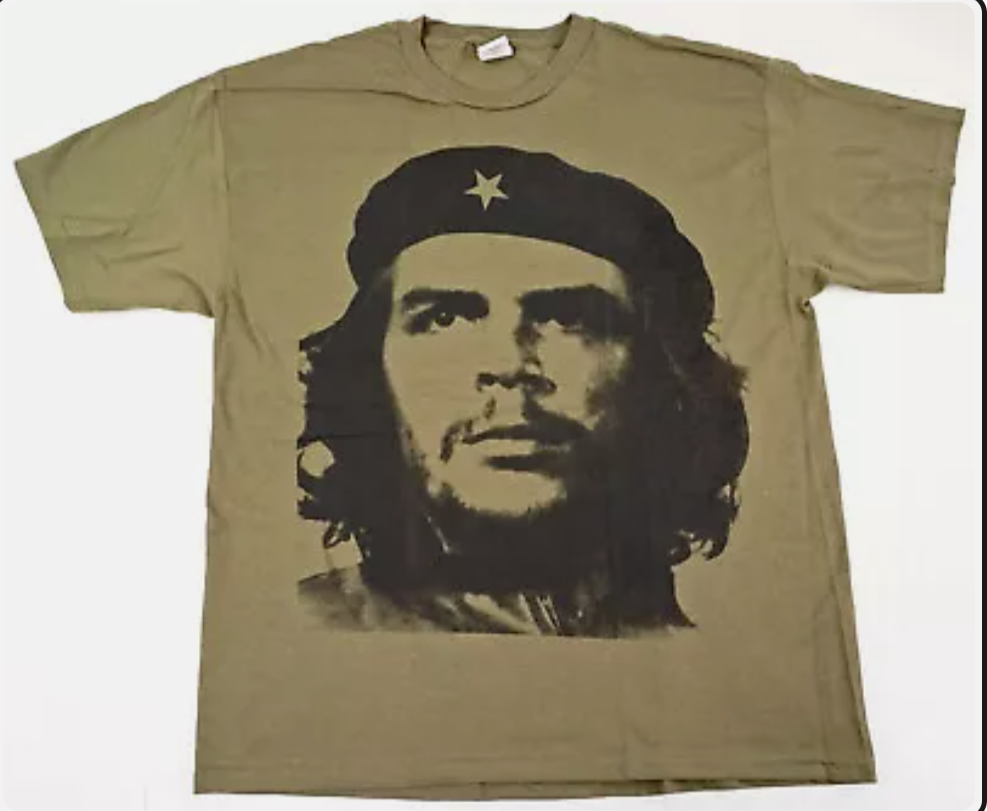
Designer: Based on Alberto Korda’s Famous Photograph (Popularized by Jim Fitzpatrick)
Impact: Though Che was Latin American, his image became a global revolutionary symbol, adopted by Pan-Africanists and Black Power movements. The shirt’s ubiquity in activist circles speaks to the interconnected struggles of oppressed peoples worldwide.
6. Wu-Tang Clan – “W” Logo Shirt (During Their Worldwide Expansion)
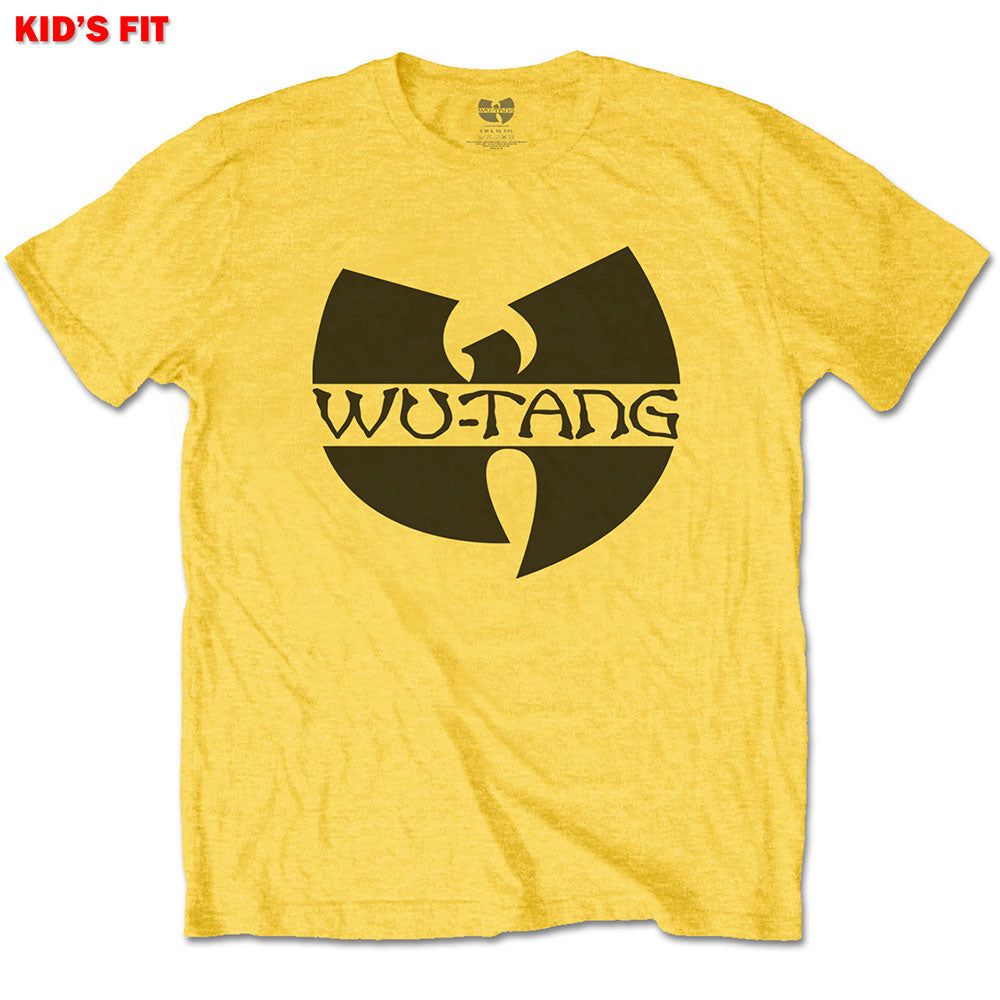
Designer: Wu-Tang Creative (Influenced by Graffiti & Martial Arts Aesthetics)
Impact: When Wu-Tang went global in the mid-’90s, their iconic “W” shirt became a uniform for hip-hop heads and Black consciousness advocates. The design’s simplicity and boldness mirrored their Five-Percent Nation-inspired lyrics.
7. Echo Unlimited – Rhino Shirt (Red Variant)
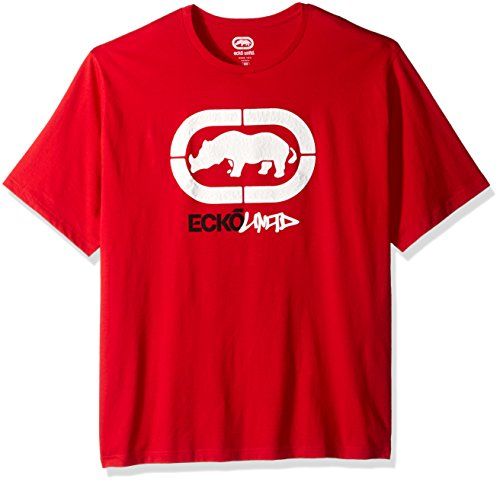
Designer: Echo Unlimited (Afrocentric Streetwear Brand)
Impact: Echo Unlimited’s Rhino shirt, particularly in striking red, became a ’90s streetwear phenomenon. The brand’s fusion of African motifs with urban fashion made it a favorite among hip-hop artists and HBCU students.
8. Star and Shield Clothing – “16 Tribes®: Way of the Ancestors” Shirt
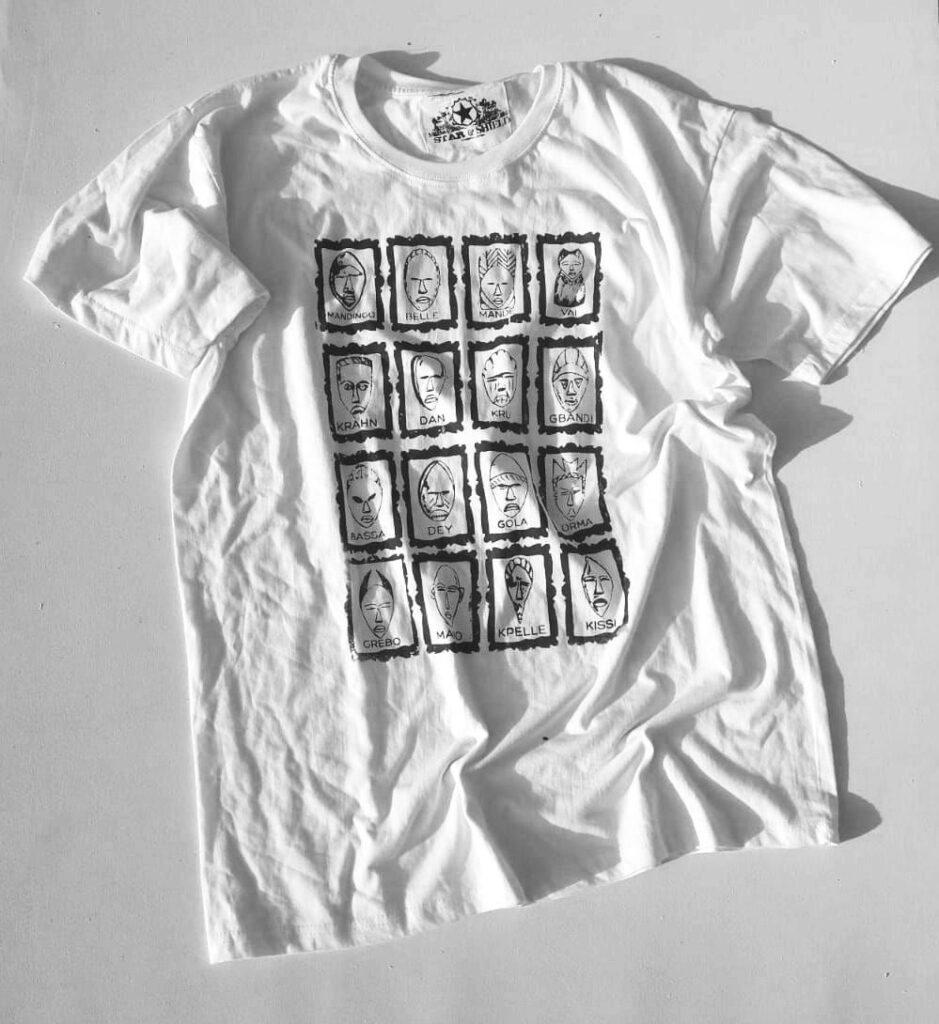
Designer: Star and Shield Clothing (Creative Director Tékpwfárí Stíx Él Rá )
Impact: This powerful design educates wearers on the 16 major African ethnic groups, blending history with high-fashion streetwear. Its intricate detailing and bold messaging make it a standout in contemporary Pan-African apparel.
9. Star and Shield Clothing – “Yaya Mask” Shirt

Designer: Star and Shield Clothing
Impact: Inspired by traditional West African masks, the Yaya Mask shirt is a celebration of ancestral artistry. The design merges cultural heritage with modern aesthetics, reinforcing the brand’s mission of reconnecting the diaspora through fashion.

by Star and Shield Clothing
10. Public Enemy – “Fight the Power” Graphic Tee
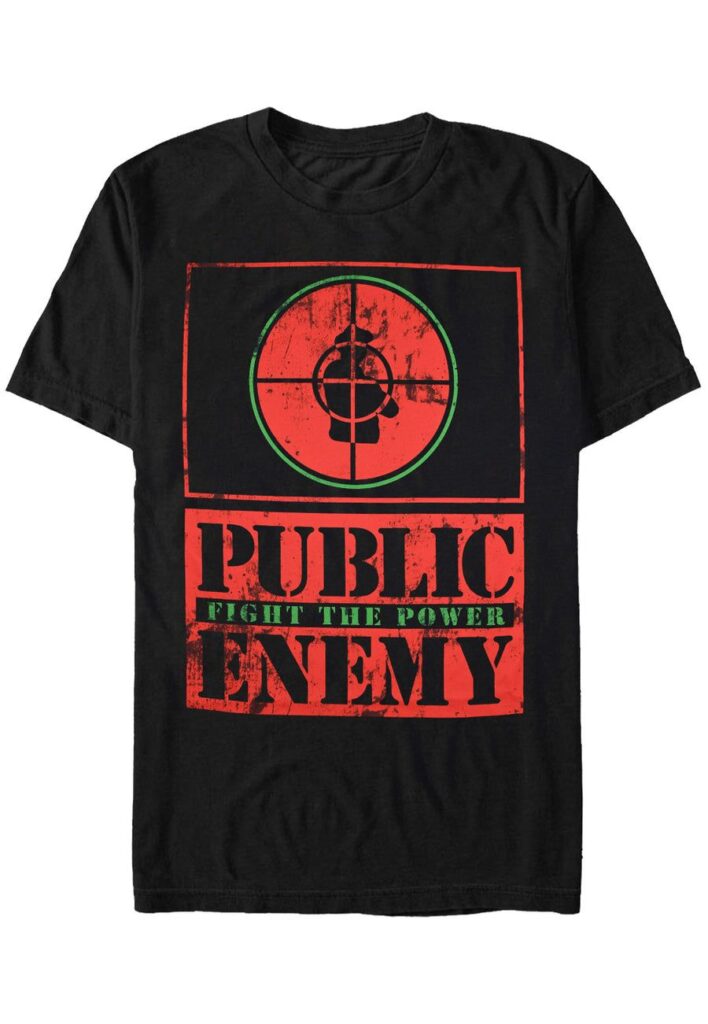
Designer: Public Enemy’s In-House Art Team (Chuck D & Co.)
Impact: Though not exclusively Pan-African, Public Enemy’s militant imagery and slogans resonated deeply with Black liberation movements. The “Fight the Power” shirt remains a protest staple decades after its release.
The Business & Cultural Impact of Pan-African Fashion
These shirts didn’t just emerge from nowhere—they were the products of street vendors, bootleggers, conscious brands, and major entertainment empires. Companies like Echo Unlimited and Star and Shield Clothing have kept Afrocentric design at the forefront, while hip-hop and film (Spike Lee’s Malcolm X, Death Row’s merch machine) amplified their reach.
Bootleg vs. Official: Many of these designs thrived in the underground before becoming mainstream. The Malcolm X “X” shirt, for instance, was heavily bootlegged after Spike Lee’s film, demonstrating how grassroots movements fuel fashion trends.
The Future of Movement Apparel: Today, brands like Star and Shield Clothing are redefining Pan-African fashion with original artwork, historical references, and premium craftsmanship, ensuring that the next generation has wearable art that speaks to their identity and struggle.
Final Thoughts
These shirts are more than cotton and ink—they are banners of resistance, unity, and cultural pride. Whether through the defiant gaze of Tupac, the revolutionary fire of Malcolm X, or the ancestral homage of Star and Shield’s designs, each piece carries a legacy. And as long as the struggle continues, so too will the fashion that clothes it.

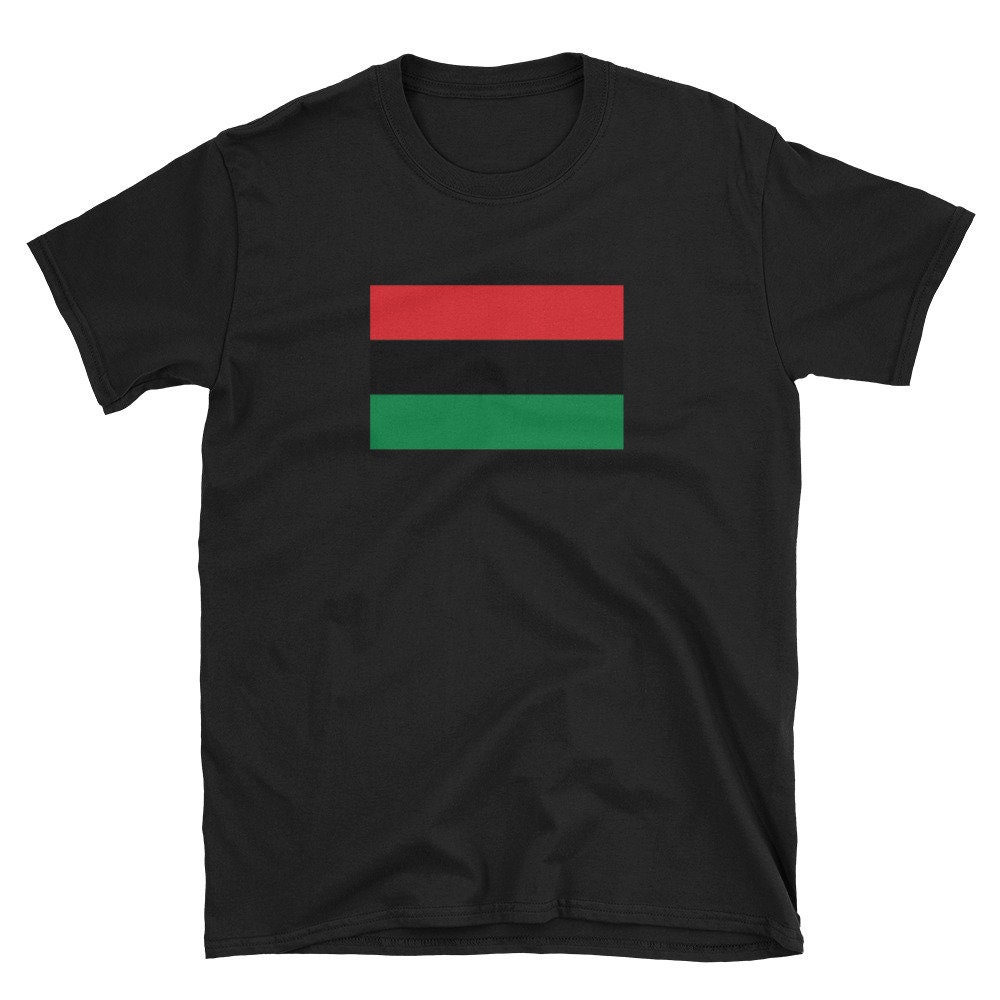
Leave a Reply